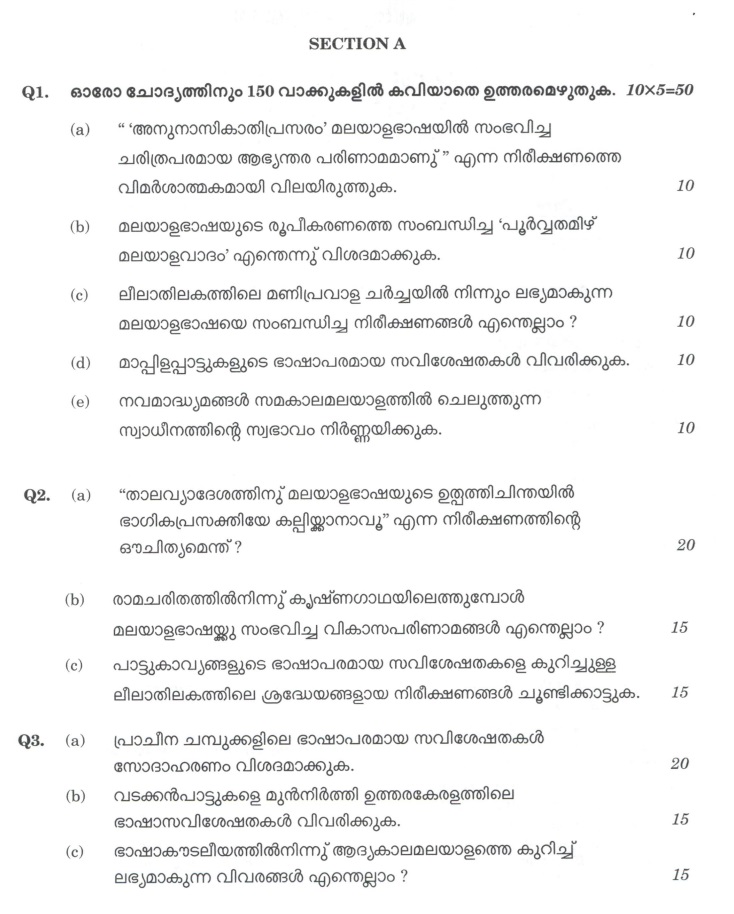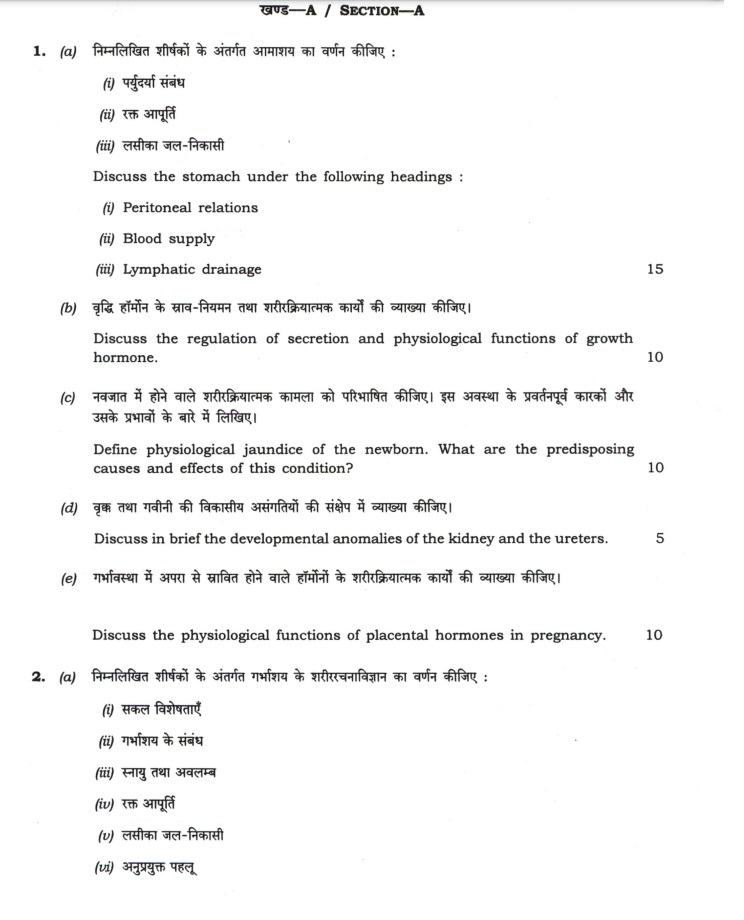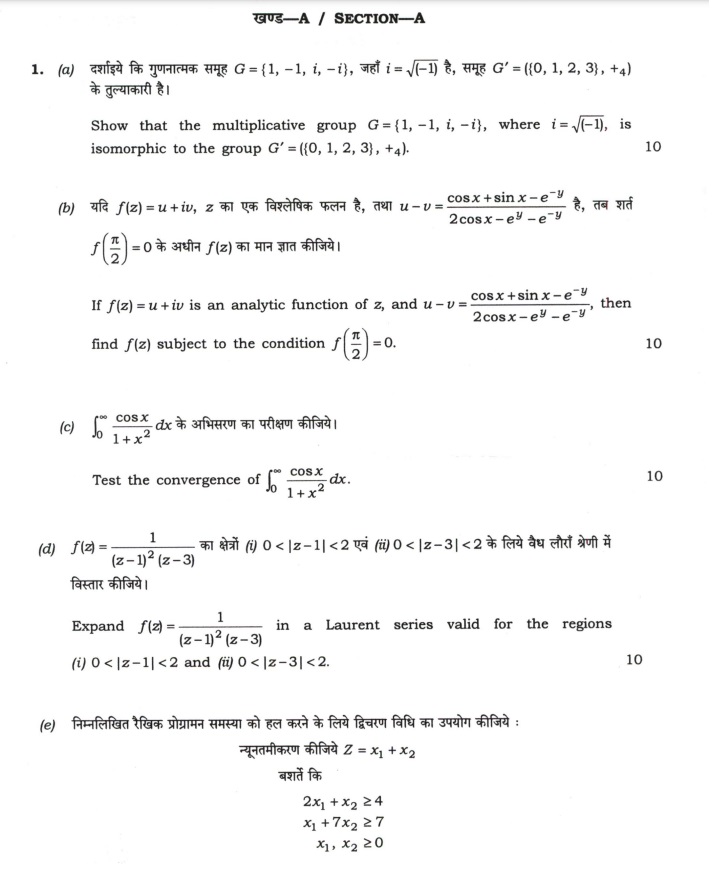
Sample Material of Current Public Administration Magazine
1.Accountability & Responsibility
-
Religions-20: A pioneering initiative in G-20 to build a God-centric value system
Did God exist? This question bothered the West for centuries. One of the earliest arguments for the existence of God, which Immanuel Kant called “ontology”, was given by the Archbishop of Canterbury, Anselm, in 1078 AD. “Id quo maiuscogitarinequit”, Anselm argued, meaning “there must be that (thing), the greater than which cannot be conceived”. Since God cannot be conceived to be non-existent, he is deemed existent, was Anselm’s ontological argument.
This idea of an “inconceivable” God had led to conflicts over His interpretation, with various Semitic religions drawing daggers at each other. Crusades followed, tempting Napoleon to famously quip that “religious wars are basically people killing each other over who has the better imaginary friend”. It led to the rise of Deism which insisted on having God, but not religion, and
atheism which rejected both God and religion. Receiving French mathematician Pierre-Simon Laplace’s work, Napoleon asks, “They tell me you have written this large book on the system of the universe, and have never even mentioned its creator.”
But the deists and Enlightenment thinkers wanted a universal God. Spinoza, the17th-century Dutch philosopher, equated God with nature, proclaiming “deussivenatura” (God or Nature). Voltaire, the French philosopher, despite being critical ofthe Catholic church, declared: “Si Dieun’existait pas, ilfaudraitL’inventer” (If Goddid not exist, it would be necessary to invent him). “I shall always ask you if, whenyou have lent your money to someone in your society, you want neither yourdebtor, nor your attorney, nor your judge to believe in God,” he indignantly asked.
God was reason and ethics for the Enlightenment deists. But the medievalunderstanding of an inconceivable God, often jealous, continued. Managers of thosemedieval beliefs became merchants of death. God needed to be rescued. A newenlightenment became the need of the hour. “The need for spiritual guidance hasnever been greater. It is imperative that we double our efforts to spread themessage of good neighbourliness based on our common humanity, a messageshared by all faith traditions,” the United Nations said recently.
2. Indian Government and Politics
-
Supreme Court on hates peech
In relation to hate speech, the recent direction of the Supreme Court making itincumbent upon the regulatory mechanism to take action is a reflection of thejudicial will to deal with an issue which has been largely missing for the past fewyears. Within the last week, this is the second time that the Supreme Court hasinvoked the constitutional mandate of “fraternity” and “secularism” to ensure thatconstitutional principles govern the basic ethos of societal values.
An important aspect of this direction is that the court can be approached to initiatecontempt action against responsible officials for non-action on hate speech. This isin line with the contempt action which can be taken for violation of the directionsrelating to the rights of the arrestees passed in the celebrated judgment of D KBasu (1997). Most of the directions of D K Basu were introduced in the Code ofCriminal Procedure by way of an amendment, and these directions became
statutory provisions. Non-compliance with the said statutory provisions could nolonger remain a subject of contempt action. There is no doubt that theD K Basulineof statutory regulation is frequently violated. If any victim is able to take up thisissue, they have to start from the Court of the Magistrate.
The non-action of police authorities in initiating criminal action has already takenup a lot of the time of the constitutional courts. The present order on hate speech isalso an outcome of the non-action of police authorities, despite the mandatoryrequirement under the CrPC. There are instances where, when a mob protestedagainst the non-action of the police against hate speech, FIRs were registeredagainst the protestors themselves and they were arrested. In these cases, no actionwas taken against the initial crime. At the same time, there are instances whensimilar crimes of hate speech, coming from a different class of people, are takencognisance of and action is taken quickly. That makes the entire process whimsicaland unequal.
In a 2014 judgment, a five-judge bench of the Supreme Court clarified that theregistration of
FIRwas “mandatory” under the existing law. The direction is of ageneral nature, which should ordinarily attract the contempt jurisdiction ofconstitutional courts. There are instances when the Supreme Court has exercisedits contempt power in relation to other general directions to keep a check on the“rule of law”.
3. Social Administration
-
Not Hindi or English, the real language question is status of vernacular
India’s linguistic diversity poses two different challenges. The first is the imposition of Hindi as the primary language across the country. This aspiration is resisted by different states. India has historically done well, and did not meet the fate of Sri Lanka, by creating linguistic states, by working out a three-language formula, and by a political culture that, with the exception of old Lohiaites and the BJP, has not pressed hard on the question of a single language. Prime Minister
Narendra Modi’s remarks on English in a recent campaign rally, the controversy over medical education in Hindi and the parliamentary report on promoting Hindi, will give new life to this politics.
But there is another subtler issue that gets overshadowed by the question of “Hindi imposition” — the status of vernacular languages. The anomaly of the Indian language experiment is not the political accommodation given to so many languages. It is that the accommodation comes with a hierarchy. English has been the language of power, at the frontiers of knowledge and access to privilege. The vernacular had become increasingly confined to identity, culture, and a marker of
second-class status. The challenge of Hindi, for example, is not that it might be imposed on the South. That is easy to deal with.
The challenge of Hindi is that inhabiting the world of Hindi is seen as closing offaccess to the frontiers of knowledge, not just in science but in civic knowledge, likehigher echelons of law. It is also treated as a marker of parochialism and inferiorstatus. The problem may be less acute with other languages like Tamil, Kannada orBengali, but it exists. The anomaly of the India experiment is not diversity: It is theclaim that the language of self, identity and culture be different from the languageof knowledge, privilege and access. This is the experiment India is conducting on alarge scale. Is it a sustainable one? Arguably, behind the success of the BJP in NorthIndia is not the desire to impose Hindi. It is the untapped resentment of a Hindiculture that often is made conscious of its own second-class status in globalhierarchies. Millions of vernacular speakers feel disenfranchised in the worlds of knowledge and prestige.
State failure compounds this problem. India’s two-language formula produces asuperficial bilingualism. We may speak two or three languages. But most of uscannot operate at the frontiers of knowledge in two languages. And the teaching ofthe third language is totally wasted. There is so much hand-wringing about theNehruvian state sidelining Indian culture. But the real issue was not that Sanskritwas sidelined. It was that it is taught in a way that even after years in our schoolsystem, those who had passed the exam had no competence in it.
4. Current Topics
-
Hijab: Point and Counter point
The question was answered by two Honourable Judges of the Supreme Court but, at the end of the day on October 13, there were two Opinions, but no Answer. As a result, MsAishatShifa and MsTehrina Begum, born and raised in a small towncalled Kundapura, district Udupi, Karanataka, are unable to resume their studies inGovernment Pre-University College, Kundapura.
Both students were in the second year. Since the day they had joined the college in the previous year, they had worn the hijab — a scarf that covered the head and neck but left the face visible. The hijab was worn in addition to the prescribed uniform.
On February 3, 2022, they were stopped at the gate and told that they would have to remove the hijab before entering the college. They refused, they were denied entry, and that is where the matter stands eight months later.
A woman wearing the hijab causes no offence to anybody. It is not against public order, decency, morality or health. Irrespective of the religious significance, a woman wearing the hijab is not very different from women in India who cover their head with the pallu of their sari or a duppatta. Men wear turbans. Sikh men cover their heads with a pagari. Many states of India have distinctive headgear worn on special occasions (e.g. the Mysurupeta).
What is the central issue of the controversy? Amidst the screaming headlines, the cacophony on television, the flood of comments, trolls and memes in the social media and the lofty pronouncements of worthy leaders, the central issue has been lost. In my view, the issue boils down to one word: CHOICE.
5. Indian Administration
-
How the new edict about switching the medium of instruction will make teaching more complicated
In a democracy resting on the first-past-the-post system, an absolute majority in Parliament and/or state assemblies often creates the illusion of absolute power. So, without assembling linguists, trusted advisers and senior doctors for detailed and rational discussions or ensuring the necessary infrastructure to produce well translated and peer-reviewed texts, the Madhya Pradesh government has announced its decision to switch the teaching medium for students of medicine, at all levels, from English to mother tongue, Hindi.
A language has been used to anaesthetise logic and surround the project with a supremacist glory for members of the Party. Applause followed and the social media wing posted comments declaring, “Out English, Out”. But like Lady Macbeth’s infamous spot, English, it appears, cannot be wished away hastily without doing major damage to the process of teaching medicine to
undergraduates, postgraduates and those researching super-speciality fields. Medical education in India today faces a major challenge. We do not lack colleges — if that means buildings.
Medical colleges have grown in number by a third in a decade. But faculties have not. Between 2013-23, according to GOI figures, the number of colleges grew by 36 per cent, and under different kinds of pressure, the undergraduate seats grew by 79 per cent and postgraduate seats by 93 per cent.
Even in the much-applauded 19 AIIMS India now has — two more are set to be set up — teaching faculties are barely above 50 per cent of their required strength. It is no surprise that the Indian Medical Association’s Junior Doctors’ Network has gone on record to say this hasty and politically-motivated decision has resulted in quality being sacrificed for quantity. There was a lack of proper planning and inadequate attention to the creation of infrastructure before the plans were operationalised. That’s why most faculties are today producing underskilled doctors.
The new edict about switching the medium of instruction will certainly make teaching more complicated for those who train the gen-next of doctors for India, given that all of them have been taught in English, conducted their research in that language and published most of their research in English journals. A point not usually noted is that not all of the most skilled and experienced professors of medicine in the Hindi belt are from the Hindi-speaking states.
In introducing such a fundamental — and sudden — change in the teachingmedium for an intricate, ever-evolving science like medicine, the proponents should have kept their focus on people and not directed their energy at promoting a political ideology. This is something that could stoke an emotively charged issue.
Ah, here is a Hindiwali biting the hand that feeds her, some may say. A language, let me remind our honourable policymakers, might appear placid on the surface. But those of us who have spent a lifetime diving into them, know they hide countless eddies and currents. How aware were those who advised the government on this decision that medical texts are full of not just English but also terms from Latin, French, German, Slavic and dozens of other world languages? Let’s heed some
lessons from history and not forget what happened when Fort William bhashamunshis (clerks) of the 19th century attempted to create a standardised Urdu in Persian and Hindi in Devnagari script for their British masters.

































